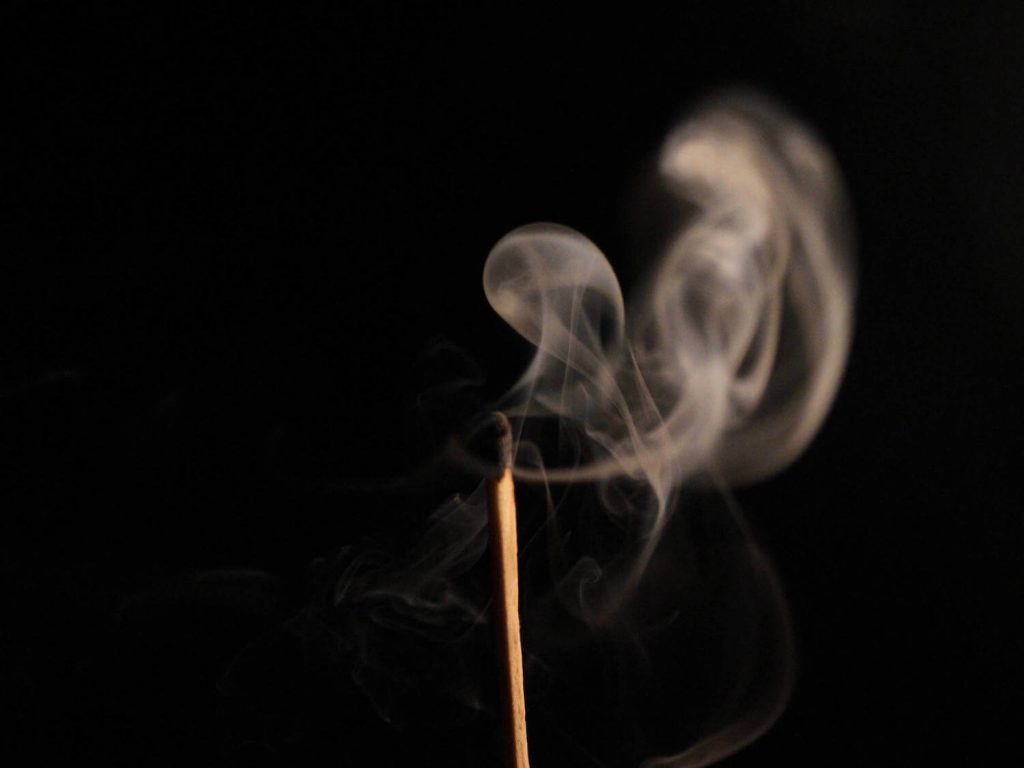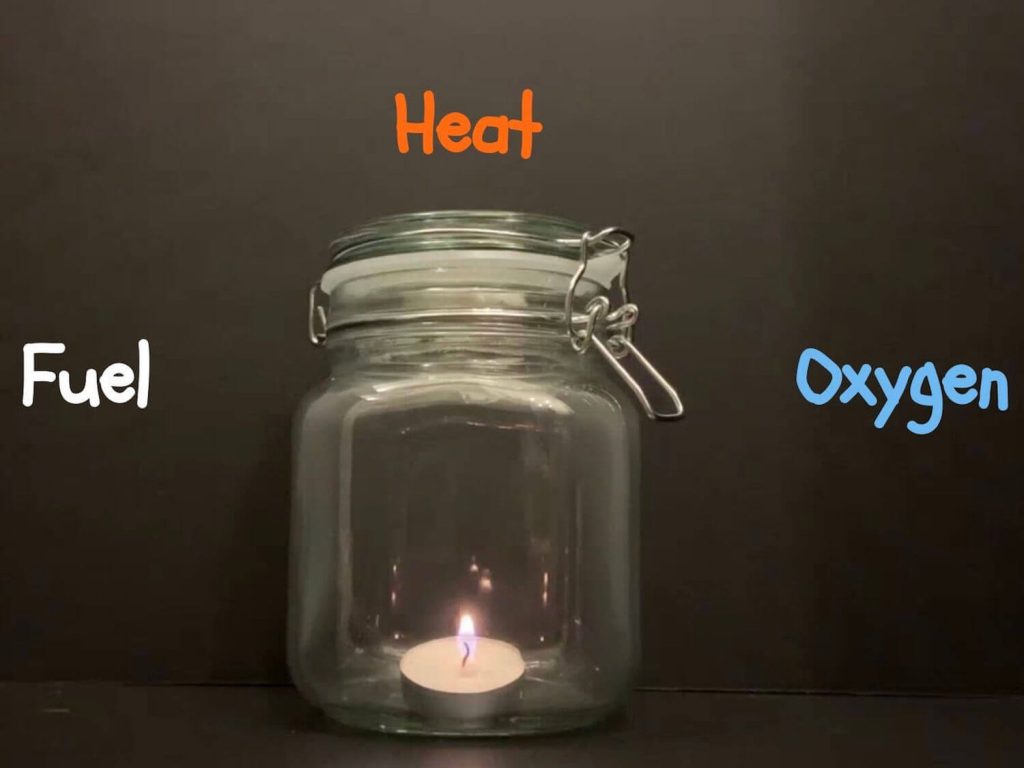How Do You Think Smoke Is Made?

(This article can be used as an extension to go with The Story of the Elements)
A Montessori science activity in its purest form starts with a question from a child. This one, in particular, started with a question from one of our very own members! “How is smoke made?”
Pro tip: if you are ever demonstrating a Montessori science activity that involves matches, make sure you have enough for each child to take a turn lighting one (with adult supervision of course). They are quite the hit!
When you light a match, what do you notice?
Smoke! One of the signs of fire is smoke.
Let’s learn a little bit more about fire and smoke.
We’ll start with combustion. What is it?
In your Chemistry Concepts Cards, we talk about physical changes and chemical changes. Smoke is made with both a physical change AND a chemical change. The chemical change that happens is called combustion (we’ll talk about the physical change later in this article).
Do you know what combustion is?
It’s when you burn something, like when you make a fire.
What do you need to make a fire?
If you’re not sure, watch The Story of the Elements video lesson.

To make a fire, you need fuel, heat, and oxygen.
At high temperatures, the fuel (the candle) quickly combines with oxygen to produce light, heat, carbon dioxide, and water vapor. That is combustion!
Does combustion make smoke?
Let’s think for a minute …
When you did the “How Can You Put a Fire Out Slowly?” experiment, was there more smoke while the candle was burning or when it went out?
If you haven’t done the experiment yet, do it now!
There was more smoke when the candle went out. Why?
Well, do you remember why the candle stopped burning?
It stopped burning because there was not enough oxygen inside of the glass jar. Smoke happens when there is not enough oxygen to completely burn the candle.
Combustion does not make smoke. Incomplete combustion makes smoke. All of the little particles that do not finish burning become soot. The soot particles mix with carbon dioxide and water vapor – mixing is a physical change.
The mixture of soot, carbon dioxide, and water vapor is called smoke! So there you have it, smoke is made by incomplete combustion (a chemical change) and mixing (a physical change).
Can you reverse physical changes or chemical changes? Could you turn smoke back into a fire? Let us know what you think in the comments below.
– The Montessori Laboratory Team
P.S. If you ever have a question about science, or a Montessori science activity you want to see us explain, send us an email at info@montessorilaboratory.com.
Responses